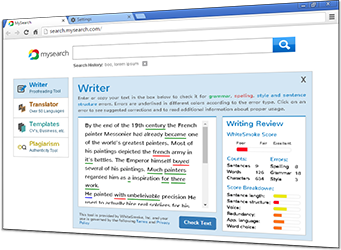How to Write a Complete Sentence: Sentence Fragments, Run-On Sentences, and Comma Splices
Clauses
A clause contains a subject and a verb. Every complete sentence contains at least one independent clause. Here are some examples of simple sentences, each one consisting of an independent clause:
- Joe runs.
- Susan is hungry.
- I live in the city.
- Go away.
In the final example, the subject is "you," and it is implied. "Go away" is a complete sentence, even though the subject does not appear.
Subordinate Clauses
A subordinate clause cannot stand on its own. A subordinate clause usually starts with a subordinating conjunction. If the subordinating conjunction is removed, the subordinate clause becomes an independent clause.
Here are some examples of subordinate clauses:
- When he needs exercise.
- Because prices are very high.
- Before she eats breakfast.
All of the above examples are sentence fragments. To make the sentences complete, either connect the subordinate clause to an independent clause, or remove the subordinating conjunction.
- Joe runs when he needs exercise.
- Before she eats breakfast, Susan is hungry.
- Prices are very high.
Run-on Sentences
A run-on sentence contains more than one independent clause. The following examples are run-on sentences:
- I am hungry, you are hungry.
- You wanted to go to the store, we went to the store.
- Joe is taller than Susan, Susan is taller than Kate.
These examples are also comma splices. Each example contains two independent clauses connected by a comma.
Often a run-on sentence can be fixed by making one clause subordinate. If that doesn't work, break the run-on sentence into two sentences.
- I am hungry. You are hungry.
- We went to the store because you wanted to go to the store.
Coordinating Conjunctions
It is possible to have two independent clauses in one sentence. They must be connected by a coordinating conjunction. The most common coordinating conjunctions are and, but, or, and so. Nor, for, and yet can also be used.
The coordinating conjunction almost always goes between the two clauses.
- I am hungry, and you are hungry.
- You wanted to go to the store, so we went to the store.
- Joe is taller than Susan, but Susan is taller than Kate.



